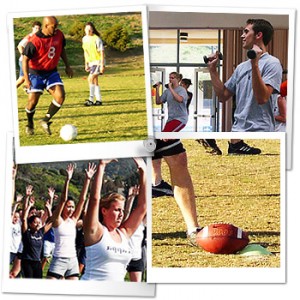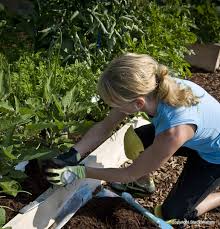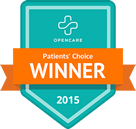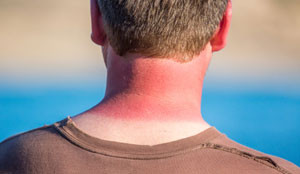 The problem with a sun burn is that you don’t feel any symptoms until a few hours after the sun exposure; and depending on how severe the burn is, it can take a day or two to see the full extent of the skins’ damage.
The problem with a sun burn is that you don’t feel any symptoms until a few hours after the sun exposure; and depending on how severe the burn is, it can take a day or two to see the full extent of the skins’ damage.
Some of the symptoms of a sun burn are:
- Pinkness or redness.
- Skin feels hot to the touch
- Pain, tenderness, and swelling
- Blisters
- Headache, fever, and fatigue
Once you have the sun burn there are a few things you can do to feel better and to help heal more quickly.
- Drink water – A sunburn is a burn. With this type of burn the skin is dried out, and dehydrated. Keep a bottle of ice cold water on hand and keep yourself hydrated.
- Aloe vera gel – Aloe vera gel is soothing, and helps reduce the redness and sting of a sunburn.
- Pain medication – Topical over-the-counter hydrocortisone cream may help relieve sunburn symptoms like pain, itch, and swelling. Pain relievers such as ibuprofen can help relieve sunburn pain and inflammation.
- Bathing in cool/tepid water – Make sure that the bath is fairly quick as a long soak in the tub can dry out your skin. also make sure your bath is tepid, or slightly on the cooler side. Really cold water will close your pores and causing your body to trap the heat: a sunburn is hot enough that tepid water will feel cool/cold. When you have a sunburn, never bathe in soapy water such as a bubble bath; as soap will dry out and irritate your skin.
What can you add to the bath:
- Vinegar – use pure unfiltered apple cider vinegar, soak a wash cloth in the vinegar and place on the sun burned area after a tepid shower or bath.
- Oat meal – use about 2 cups of uncooked rolled oats and place in cheesecloth/gauze and let it soak for a few minutes before getting in the tub. Squeeze the the gauze every few minutes, until the water becomes cloudy. Let yourself air dry, when finished.
- Cool milk compress – A cool milk compress is one of the quickest, simplest ways to treat sunburn. The initial coolness of the milk will ease the heat, while it also creates a layer of protein to protect your skin. If the milk in the bowl becomes room temperature chill it before re-dunking your compress.
- Cornstarch – Add cool water-not cold-to the cornstarch until it has reached a paste consistency. Place the paste over the burned area and leave on until pain has let up some. Rinse off completely.
- Plain yogurt – Live cultured plain yogurt contains an probiotics and enzymes that help heal our skin. Apply cool yogurt directly to your burn, and let it sit for at least 5 minutes. When the pain has subsided, gently rinse it off with cool or tepid water.
Consult a doctor for sunburn treatment if the sunburn is severe, with blisters and covers a large portion of your body. The sunburn is accompanied by a high fever, headache, severe pain, dehydration, confusion, nausea or chills and if the sunburn doesn’t respond to at-home care.

 is a term that is used when the shoulder becomes painful and loses motion because of inflammation.
is a term that is used when the shoulder becomes painful and loses motion because of inflammation. 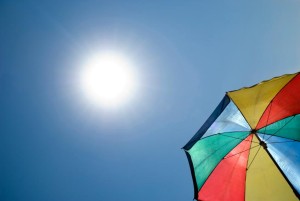
 Here is a list of what you don’t want in a sunscreen: (courtesy of
Here is a list of what you don’t want in a sunscreen: (courtesy of 